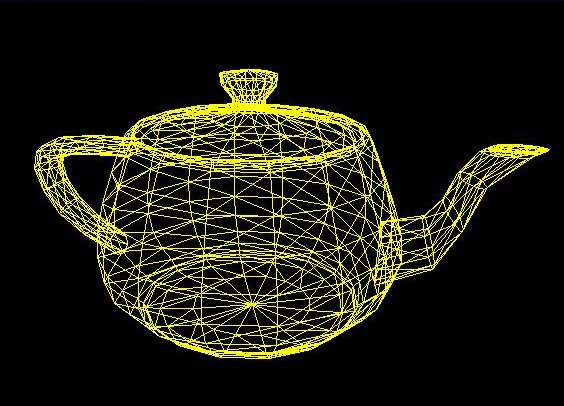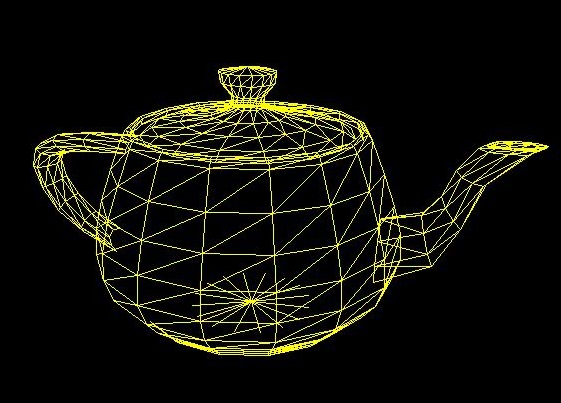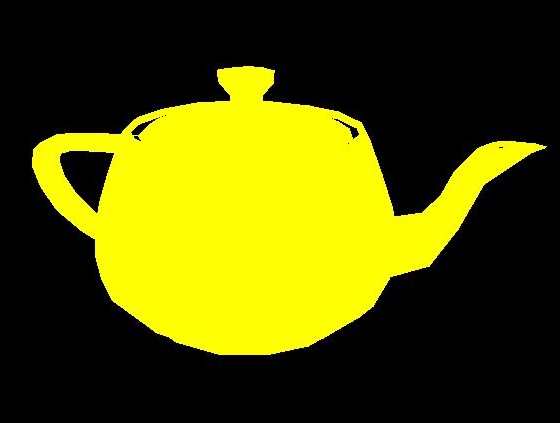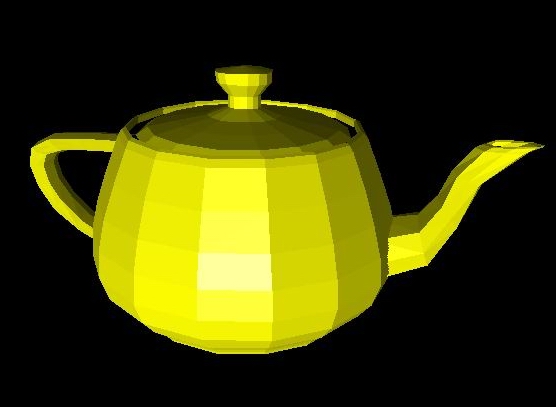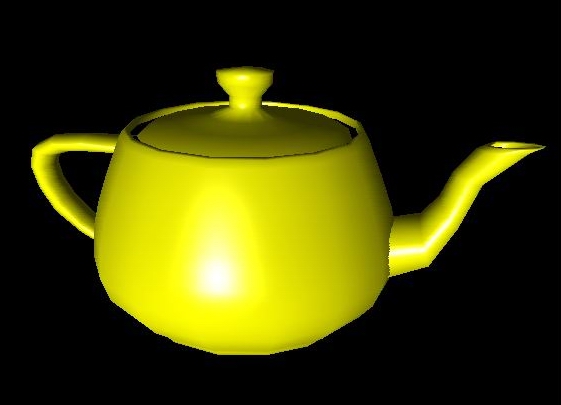Teaching:TUW - UE InfoVis WS 2007/08 - Gruppe 05 - Aufgabe 1 - Rendering
Rendering
Definition
Rendering is the process of creating an image out of an abstract model of this image (e.g. wire frame).
Overview
Rendering is a term which is used in computer graphics very often. The shape of the abstract model is represented by many points and edges. After the rendering process, the picture is not represented by different edges anymore, but with a (realistic) surface. This process needs a lot of computing power, especially if you want to create a realistic environment and realistic objects with different light sources. Rendering also considers different textures and shadings of objects.
Techniques
There are several different techniques:
- wire frame: This is the abstract representation of the object just with edges (with or without visible surface detection)
- scan fill: This rendering mode just fills the object with a solid color and doesn't consider any lighting, shading or reflections
- flat shading: -considers different lighting aspects (shading) and reflections. Every polygon mesh is filled with the same color, but it varies within the object. This method takes care of all lighting aspects, but it doesn't give you a smooth surface, because you still see all the edges from the wire frame.
- gouraud shading, phong shading: These are two similar techniques to create very smooth surfaces. The computation of the surface is complex, therefore it needs more computing power than the previous techniques, but today this kind of rendering is no problem at all, because nearly every computer has enough computation power to do this kind of rendering (of course, it depends on the scene, you're trying to render).
-
teapot represented by wire frames; no visible-surface detection
-
teapot represented by wire frames with visible-surface detection
-
teapot with scan-fill rendering
-
teapot with flat shaded rendering
-
teapot with gouraud shaded rendering
-
teapot with phong shaded rendering
Visible surface detection
This is not a special rendering technique, but it's the basics for the rendering. The object is represented through different edges (wire frame) which describes the object surface. There are mainly two different ways to represent the object in wire frames:
- you can see all edges, even if you shouldn't see them, because they are in the background of the object (hidden by the front surface)
- you do some kind of visible-surface detection; therefore you need algorithms to decide which edges should be visible and which shouldn't. You have to identify visible parts of a scene.
References
[Purgathofer, 2005] Werner Purgathofer, Computer Graphics 1 (lecture). Date of lecture: 2005. http://www.cg.tuwien.ac.at/courses/CG/slides.html
[Unknown, ?] Unknown, Rendering: Definition. Created at: ?. Retrieved at: November 3, 2007. http://www.itwissen.info/definition/lexikon//__rendering_rendering.html
All pictures are created on my own with the CG1 LU Framework which was used in the lecture "CG1 LU" in 2005.
